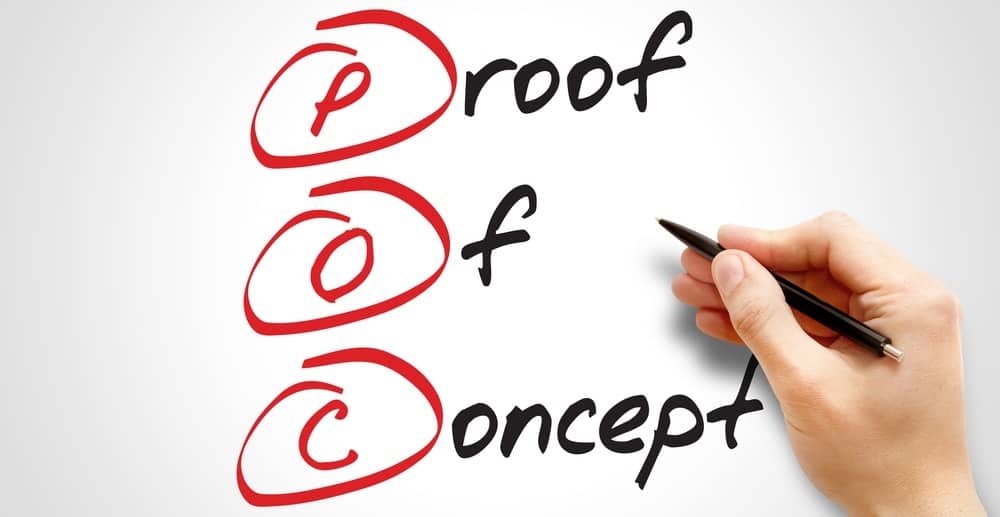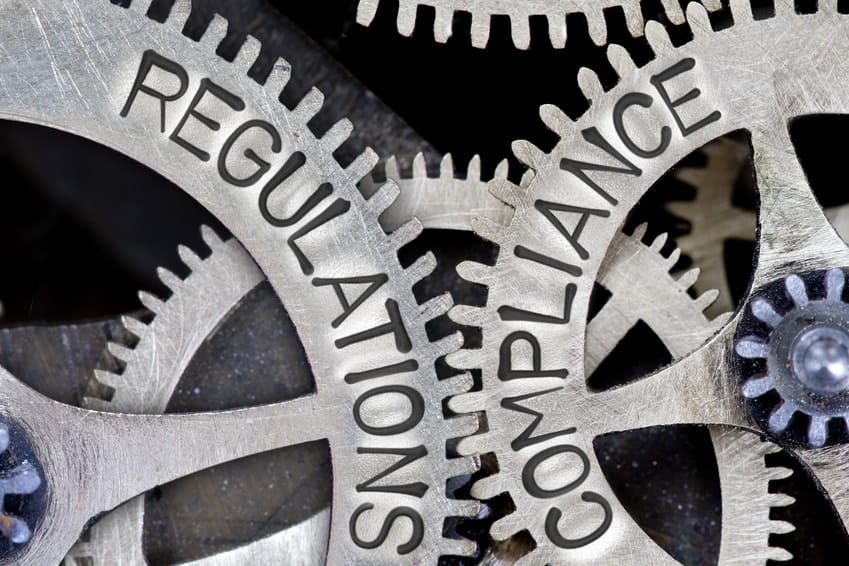It seems everywhere I go these days I hear the acronym IoT; Internet of Things. These “things” will make my city, my home and my office smart.
So what are these “things” of the Internet? In their most basic form they are a sensor that communicates information across a network, generally, regarding the status of the item, they are monitoring or controlling. The Internet is commonly used to transmit this information. These sensors can be fitted to a light bulb, an electric motor, or really anything that you want to monitor. What you monitor is limited only by your imagination and why we refer to these things as “Things”.
In essence, IoT makes the physical digital.
A great example is an A380 airliner where IoT is used on a large scale. It has a multitude sensors distributed across most of its onboard systems that feed data to a central point which is stored (recorded) throughout each flight. This data is downloaded as part of the turnaround service after each flight and then analysed. This flight information is then used to assist in decision-making, such as when maintenance is required, if a part or system is close to failure, or driving further efficiencies from the immense investments that airline companies make in these aircraft. It is very easy to see the benefits for airline companies and the safety of travellers.
So can IoT benefit your business? The short answer is Yes.
But the big question is how? Well.. data is the key.
All the information produced by IoT devices needs to be firstly captured and stored. To be useful the data needs to be analysed and presented. However, once the data has been processed organisations are now in a great position to start making informed decisions, for them to realise the following benefits of IoT:
- Reducing operating costs
- Forecasting likely events, such as maintenance or failure
- Refining business process and highlighting areas of further automation
- Creating business opportunities
What would you need to get this project off the ground?
A common misconception is that IoT is just for the larger corporates with big budgets, however, small businesses can benefit as well by using many of the cloud IoT technologies. This enables companies to start small and build into the IoT technologies, and avoid the risky All In approach. Complementing this is the significant decrease in the deployment costs of sensors, in the following areas:
- The cost of sensors has gone from $1.30 to $0.60 per unit.
- The cost of bandwidth has declined by 40 times.
- The cost of processing and storage has declined by 60 times.
The other main components are a management platform, an analytics engine and then securing this end to end.
A management platform is a must. Deploying lots of IoT devices means that you need something to easily manage them with. At a minimum, it needs to perform simple operations, such as password management, updating software and firmware, automation, and device grouping.
Once you have the basic infrastructure in place your next consideration is how to analysing and present the captured data. Again, the cloud comes to the rescue here
The next thing is considering the security of these devices. Security of IoT is a hot topic at the moment, or more the lack of security that is built into IoT and the lack of standards to adhere to.
IoT is a new and exciting avenue of IT, if you’re interested in discussing how we can help your business enter the IoT world get in touch today at support@starboardit.com
If you’re looking for consultancy services for your next project contact Starboard IT to find out what we can do for you.


